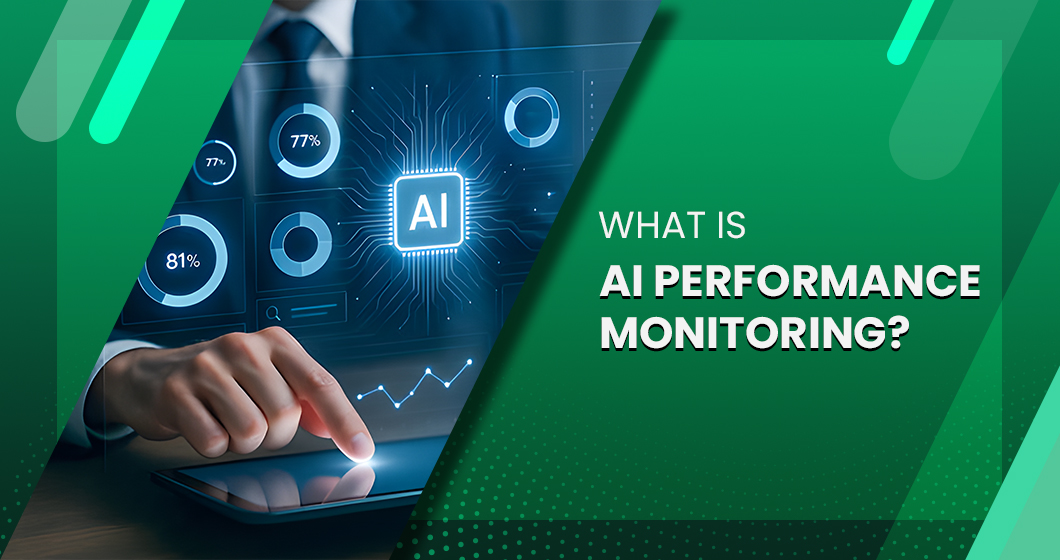AI Performance Monitoring is the ongoing process of tracking an AI or machine-learning model after deployment to make sure it stays accurate, responsive, and secure. By comparing live results to expected baselines, the system flags any dip in quality—be it rising error rates, slower latency, biased answers, or abnormal resource usage.

Rezolve.ai embeds this discipline directly into its platform: SideKick’s inputs, outputs, and latency metrics are streamed to a real-time dashboard, and deviation alerts route to engineering channels. The result is an AI service that continues to deliver value long after the initial deployment, letting businesses scale automation without sacrificing accuracy or trust.
Stop AI Drift Before It Impacts Your Business. Get a Demo